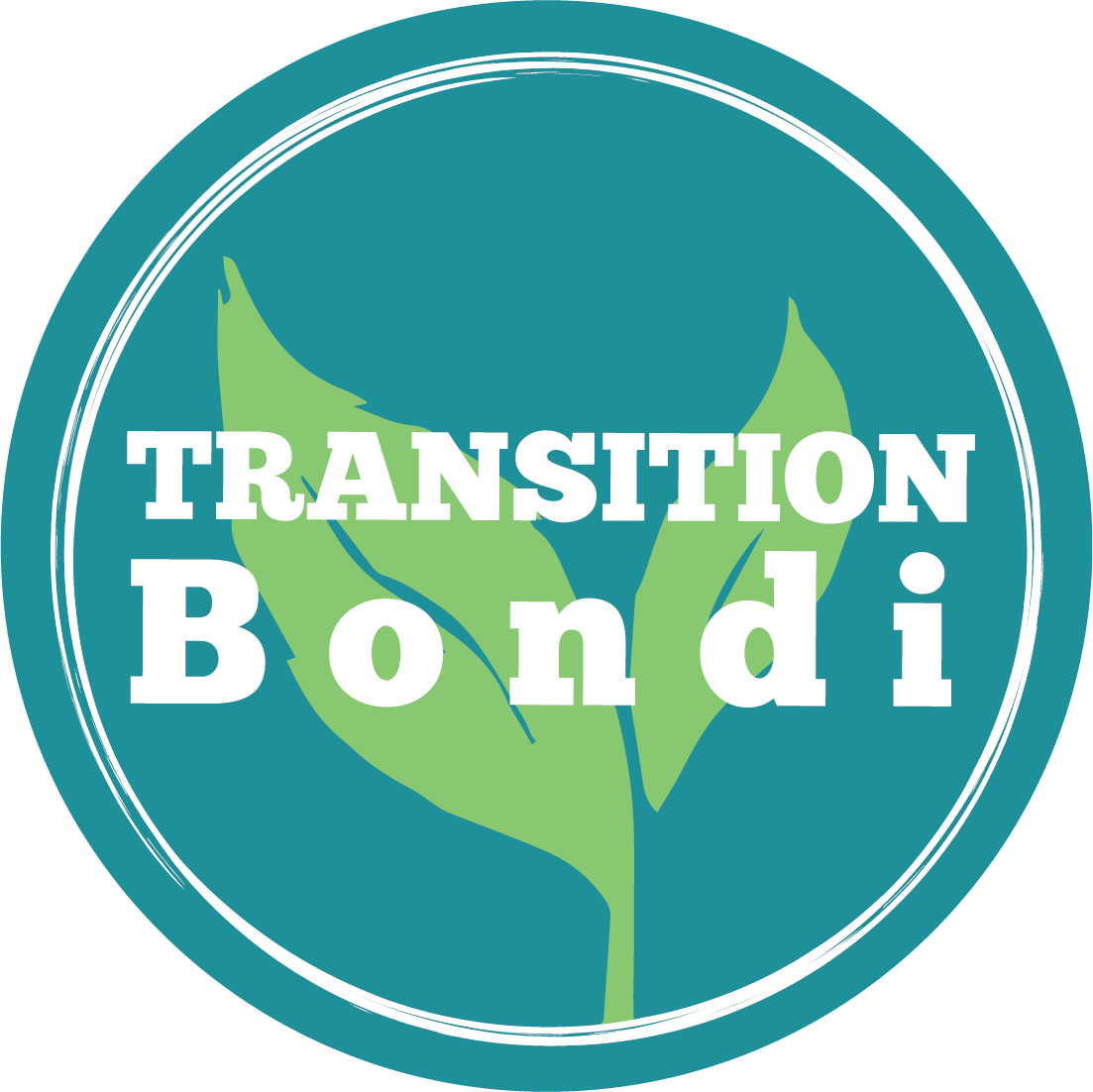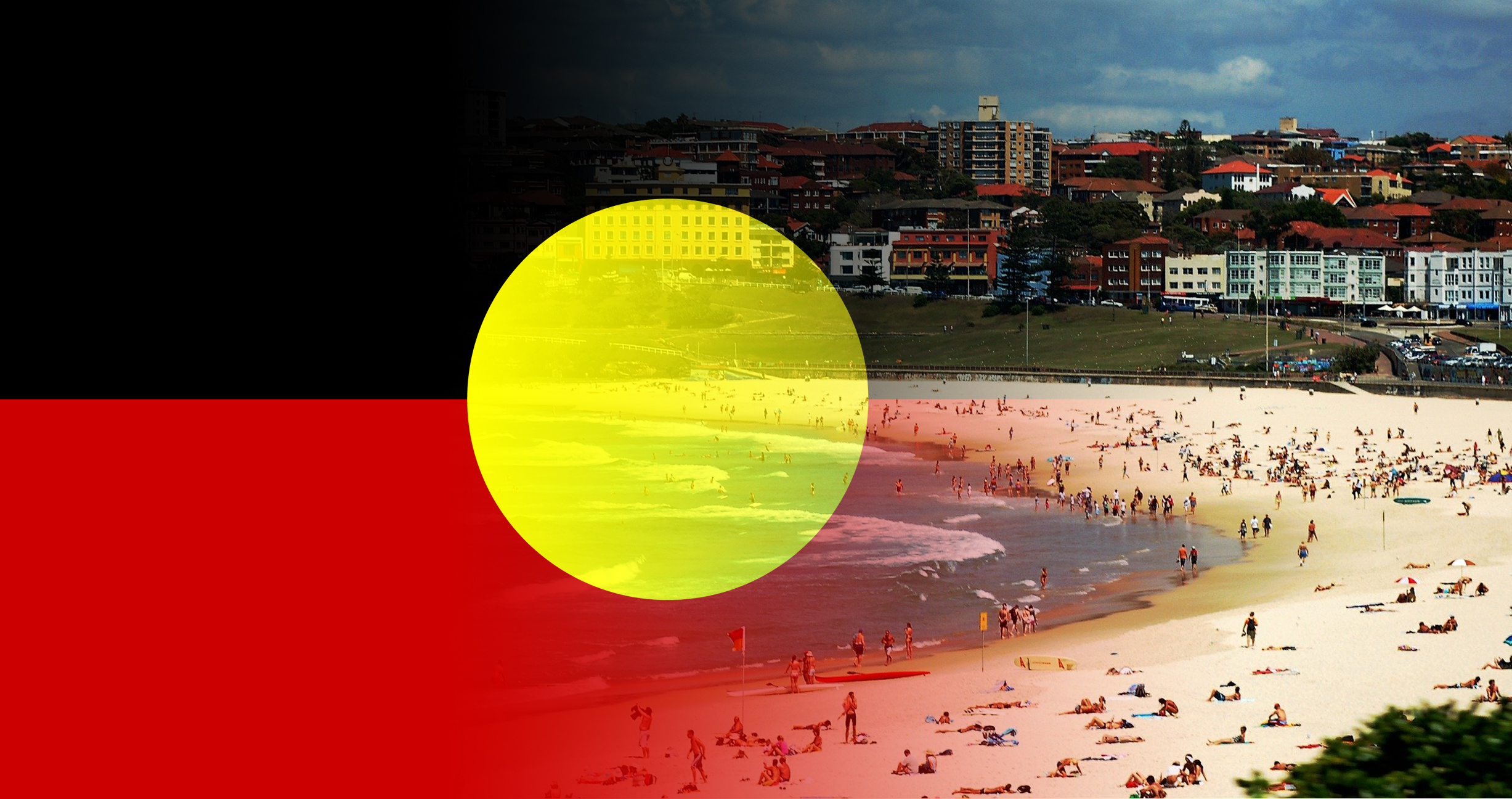Acknowledgment of Country versus Welcome to Country
Words by Stefania Bonatti
Those of you who have attended our Film & Feast events will have noticed that Transition Bondi strives to acknowledge the Traditional custodians of the lands and waters on which we live and for which we care.
We wonder, however, how many of you know what is the difference between a welcome to country and an acknowledgment of country. These two protocols are often mixed up and we would like to demystify them. In the process, we hope you will realise that there is nothing mysterious about them, and that everyone can acknowledge country!
A welcome to country has been and still is a common protocol by which Traditional owners welcome people onto their land. This is a little bit like, for example, you dropping by, unannounced, at John’s house – you would ask permission to enter and John will welcome you to his place. This practice has been going on for thousands of years. It is a way to acknowledge boundaries. People travelling across this great southern land would cross into other people’s lands (e.g. to partake in ceremony, or for trading goods) and ask permission to do so. If permission was granted, it would take the form of a speech (this is still sometimes done in language), a dance or a smoking ceremony.
Nowadays it is quite common to have a welcome to country at public events. In this case a Traditional owner (someone who is recognised as a direct descendant of the original custodians of that particular land) would deliver it.
So what happens if no Traditional owners are present at a particular event? Or if the event itself, because of its nature, does not necessarily mean there will be a Traditional owner in attendance? For instance, one of our Film & Feast events. Well, anyone can still choose to show respect for the custodians and their relationship to the environment, by acknowledging country.
Back to our example of John’s place. Say you drop in and he happens to be away. However, the person who’s looking after his place knows you and lets you in for a cuppa. You could still say something along the lines of “thank you for letting me into John’s place for this delicious tea”.
It is really simple and everyone can do it! You could say “what a beautiful sunny day on Gadigal land” or “I had a refreshing dip in Bidjigal waters today”. It’s that easy!
You can opt for more formal wordings or very simple ones. The most important thing is the intention – to acknowledge that these unceded lands once were and still are traditional lands on which peoples have lived for thousands of years. In the Sydney area it is only in the last 231 years that Europeans have arrived to settle, thus invading other people’s lands. Furthermore, in other parts of Australia that has happened even more recently.
As an example of ways to acknowledge country, Waverley Council in its website uses this formula:
“Waverley Council acknowledges the Bidjigal and Gadigal people who traditionally occupied the Sydney coast.
We acknowledge all elders past and present and extend this respect to all Aboriginal people living, working or visiting Waverley.”
Professor Larissa Behrendt in her book “Indigenous Australia For Dummies” suggests a number of formulas. We propose a couple of them.
“I would like to acknowledge that the traditional lands that we are meeting on today are the lands of the [insert name of Traditional owners] and pay my respects to their spiritual relationship with this country. I acknowledge their cultural beliefs and heritage and that they are the custodians of this land.”
Do not panic if you do not know who the custodians are! You can still pay your respects using a generic formula.
“We acknowledge and respect the traditional custodians whose ancestral land we are meeting on today. We acknowledge the deep feelings of attachment that Aboriginal people have to country.”
We hope this has helped clarify the difference between welcome to country and acknowledgment of country.

